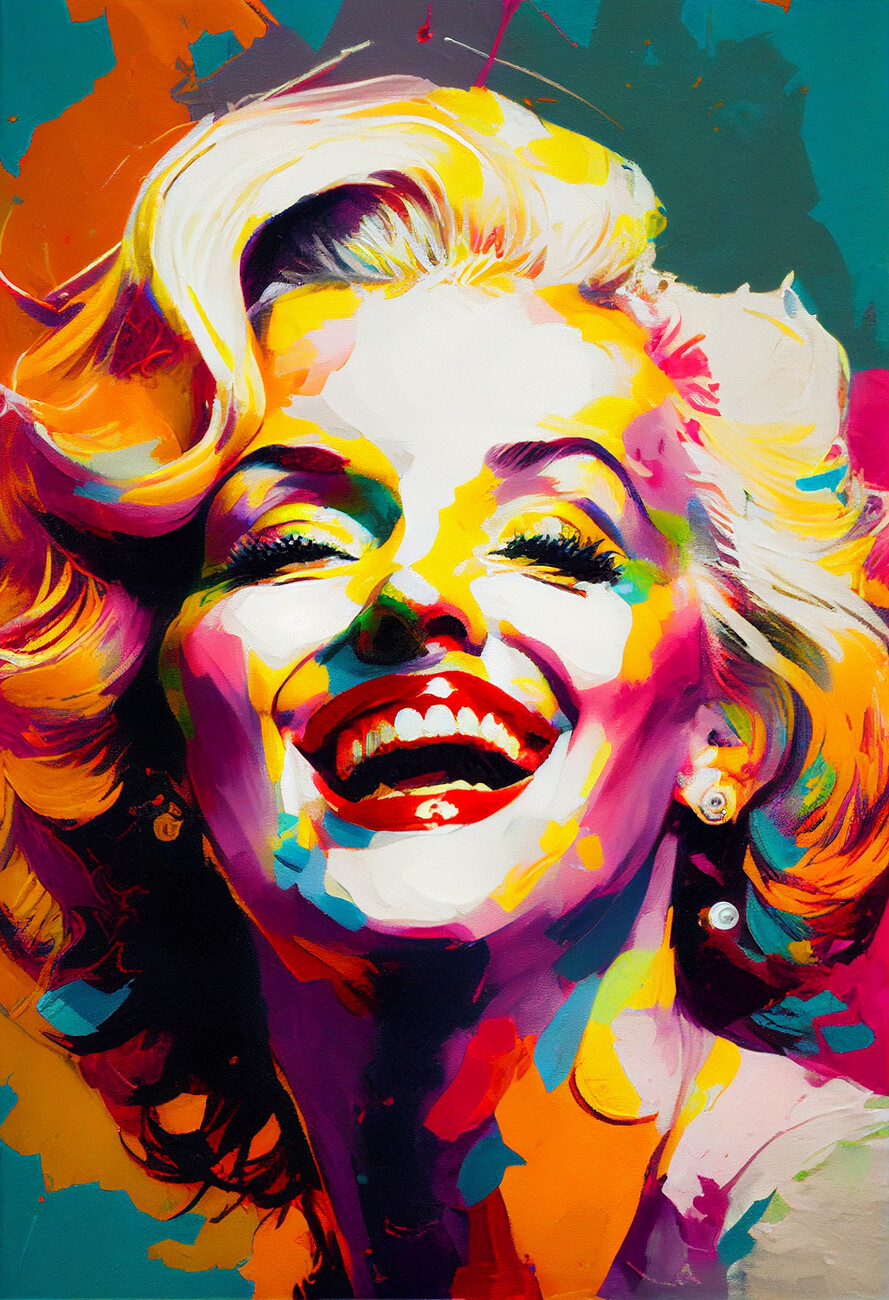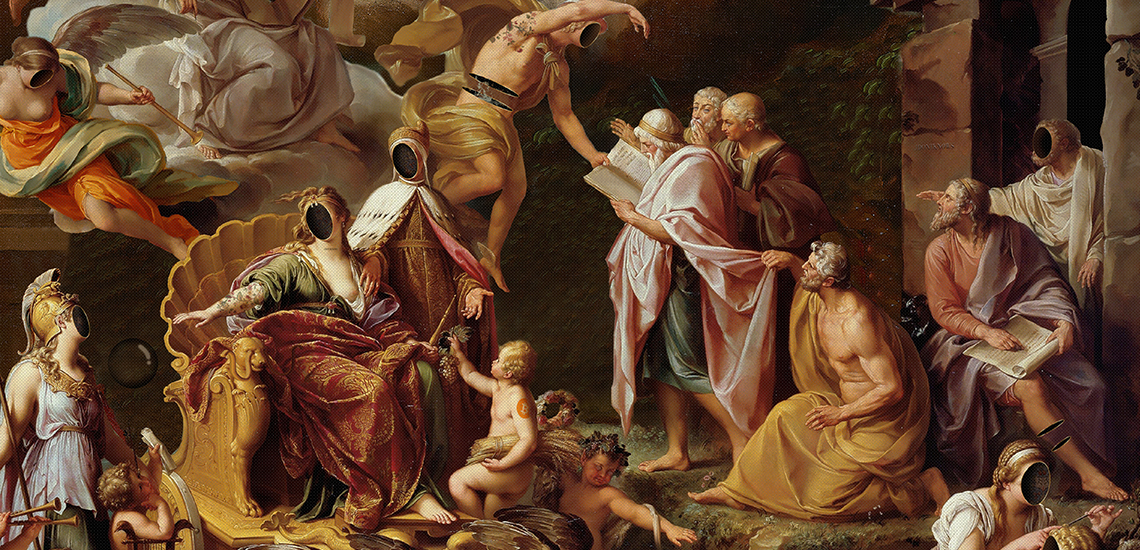Looking Into the Diverse Globe of Artistic Expression: From Surrealism to Abstract Realism
In the realm of imaginative expression, from the dreamlike landscapes of surrealism to the complex play of light and kind in abstract realism, artists have actually continually pushed the borders of creative thinking and creative imagination. As we explore the diverse world of art, we are provided with a tapestry of styles, techniques, and philosophies that challenge our understanding and provoke consideration.
Surrealism: Letting Loose the Subconscious
Surrealism, a progressive creative activity of the 20th century, explored the midsts of the subconscious, revealing a world of dream-like images and unusual associations. Led by musicians like Salvador Dali, René Magritte, and Joan Miró, Surrealism looked for to test the traditional ways of seeing and comprehending art. Via strategies such as automatism and dream evaluation, Surrealist artists intended to touch right into the unconscious mind to disclose concealed realities and needs.
Among the vital aspects of Surrealism was the emphasis on the illogical and the remarkable. By combining unforeseen elements in their jobs, Surrealist artists intended to produce a feeling of disorientation and shock in the audience. This disturbance of reasoning and reason was implied to provoke a much deeper exploration of the subconscious and the mysteries of the human subconscious.
Abstract Realism: Redefining Understanding
Challenging standard artistic boundaries, Abstract Realistic look redefines understanding via the blend of identifiable components with abstract types. This innovative technique to art integrates the representational precision of realistic look with the creative liberty of abstraction, using customers an unique aesthetic experience that triggers them to examine their understanding of fact.
In Abstract Realism, musicians make every effort to record the essence of their topics while additionally infusing their deal with a feeling of deepness and complexity through abstract elements. By mixing the accustomed to the unknown, these artists welcome audiences to involve with their items on multiple degrees, urging them to explore the nuances of color, appearance, and type.

Cubism: Fragmentizing Reality
Making use of geometric types and fragmented perspectives, Cubism revolutionized the artistic depiction of fact in the early 20th century. Created by Pablo Picasso and Georges Braque, Cubism sought to test standard notions of viewpoint and representation. By breaking down items and numbers into geometric forms and presenting them from numerous point of views simultaneously, Cubist artists intended to catch the significance of the subject instead than its actual appearance. This method not only deconstructed reality yet also stressed the monotony of the canvas, paving the means for future abstract art movements.

Cubism can be classified into two main stages: Analytical Cubism, characterized by monochromatic color schemes and elaborate, fragmented kinds; and Synthetic Cubism, which integrated collage components and brighter shades into the make-ups. Through these distinctive stages, Cubism affected not only paint however also design, sculpture, and design. trump art. Its effect resounded across the art world, motivating musicians to explore brand-new methods of standing for the world and translating around them
Expressionism: Feelings on Canvas
Exploring the depths of human feelings through vibrant and meaningful brushstrokes, Expressionism emerged as a profound creative movement in the very early 20th century. Unlike previous art activities that focused on illustrating the external world, Expressionism looked into the internal realm of the musician's subconscious, aiming to evoke raw emotions and prompt natural responses from audiences.
Expressionist musicians, such as Edvard Munch, Egon Schiele, and Emil Nolde, denied standard concepts of charm and realism for distorting type and shade to convey subjective feelings. Using exaggerated brushwork, strong colors, and altered figures aided create a sense of unease, alienation, or interest in their works.
One of the most famous examples of Expressionism is Munch's "The Scream," which captures the intense anxiety and despair of contemporary life via its swirling, altered figure versus a blood-red sky. Through their mentally charged jobs, Expressionist musicians looked browse this site for to challenge standard creative standards and provide a home window right into the turbulent depths of the human heart.
Contemporary Art: Evolving Viewpoints

Among the defining attributes of modern art is its consistent evolution and ability to adjust to changing cultural landscapes. Artists are significantly including technology right into their method, blurring the lines in between the physical and electronic worlds. This blend of mediums enables for cutting-edge methods of storytelling and engaging with target markets in an extra interactive fashion.
Additionally, modern art typically offers as a platform for social commentary, dealing with pushing issues such as identification, politics, and the atmosphere. Artists are using their work to stimulate crucial conversations and provoke idea, shedding light on the intricacies of the globe we reside in. As viewpoints continue to advance, modern art stays a significant and dynamic force in forming our social landscape.
Conclusion
To conclude, the world of imaginative expression incorporates a vast array of styles and motions, each with its own one-of-a-kind approach to sharing definition and emotion. From surrealism's exploration of the subconscious to abstract realism's redefining of understanding, and from cubism's fragmentation of truth to expressionism's portrayal of read here emotions, art proceeds to evolve and challenge perspectives - trump art. Contemporary art reflects the ever-changing world we live in, supplying brand-new means to translate and comprehend the complexities of our fact
As we check out the diverse world of art, we are offered with a tapestry of designs, methods, and ideologies that challenge our understanding and prompt consideration. Its impact resounded across the art globe, motivating artists to check out brand-new means of interpreting and representing the globe around them.
